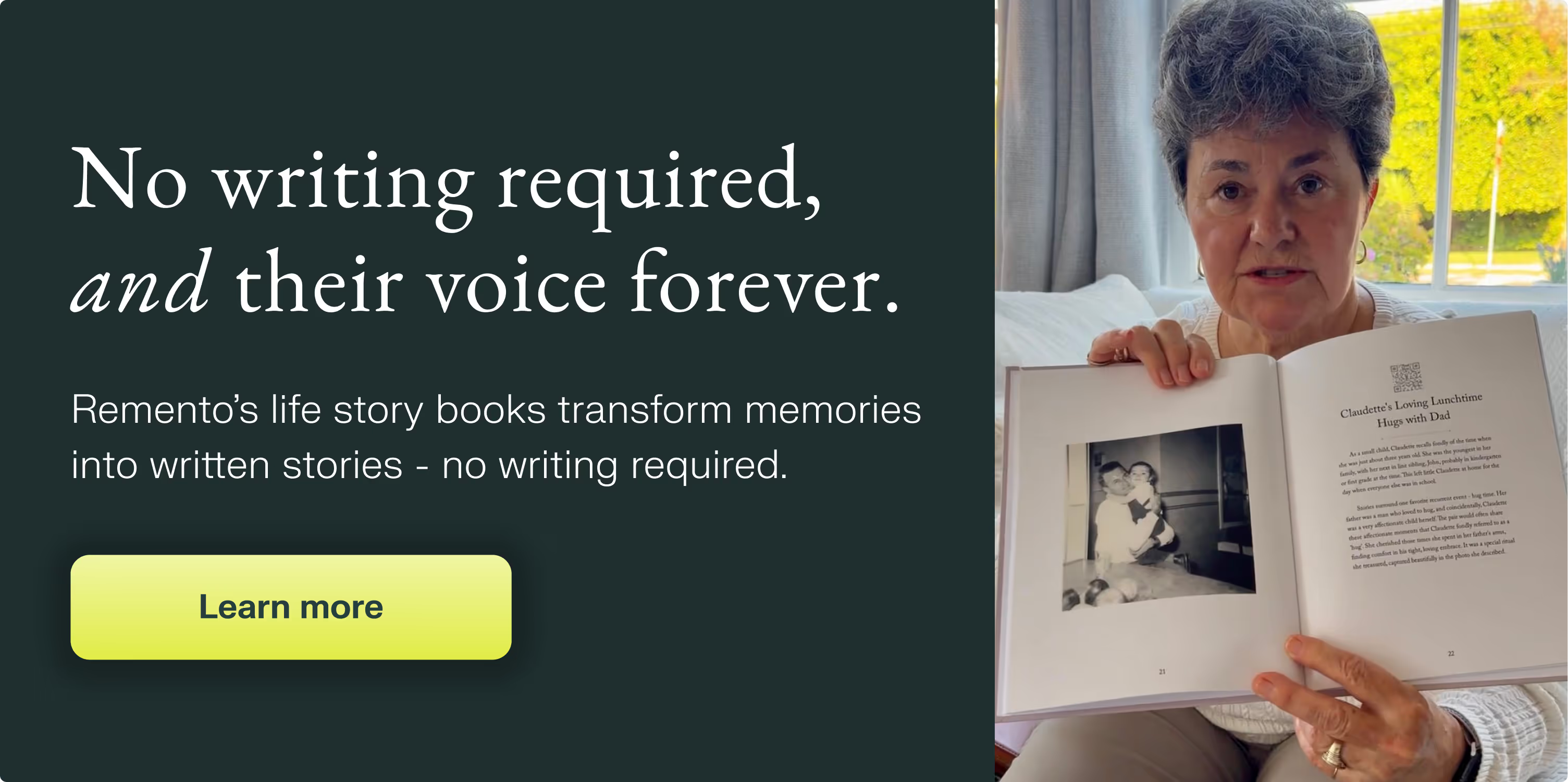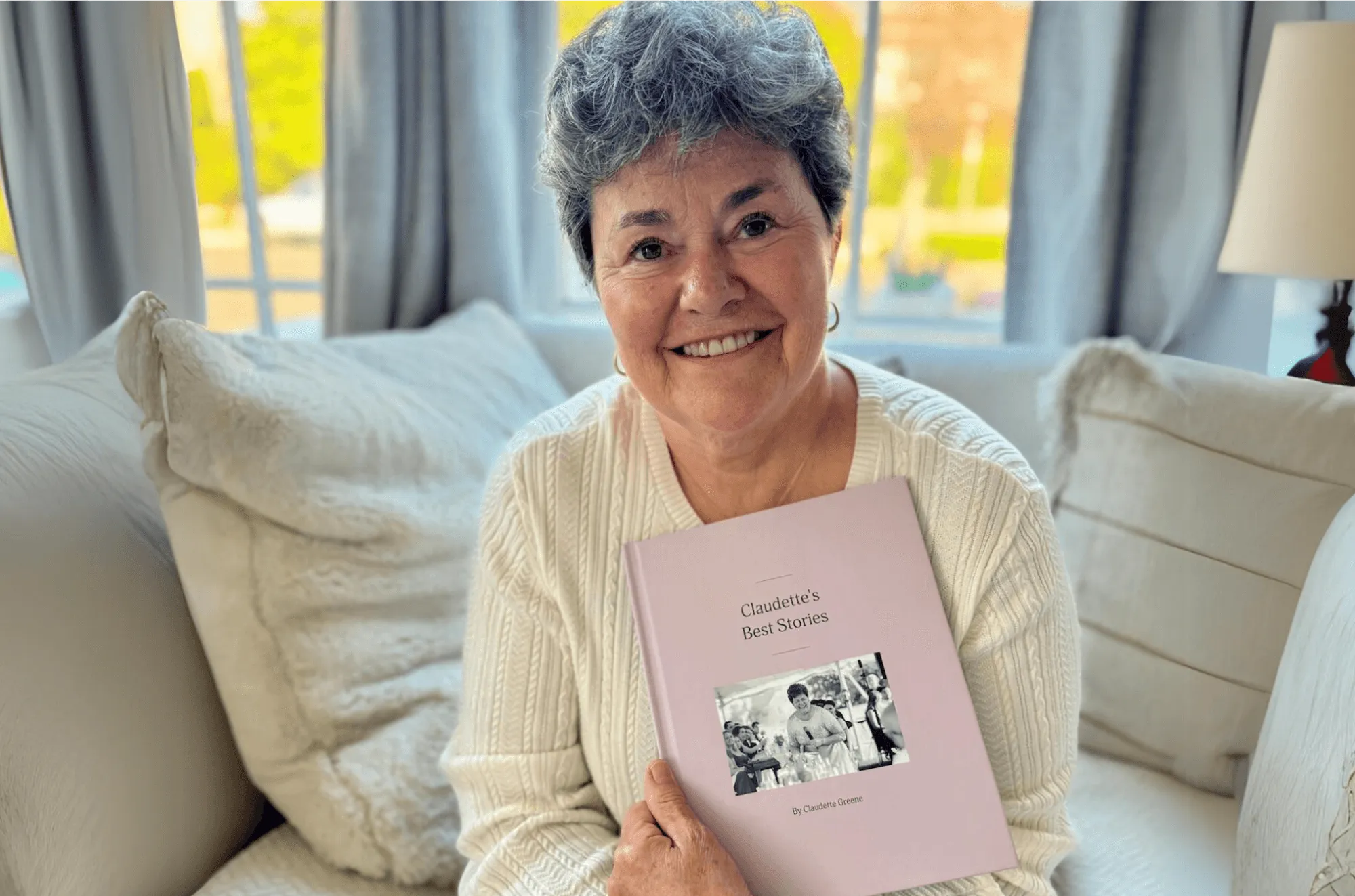Guaranteed to teach you things you never knew.
The Benefits of Preserving Family History and Memories
Preserving family history is a heartfelt journey that deepens our connections to loved ones, honors their stories, and bridges generations, offering healing and a profound sense of belonging that transcends time and enriches our understanding of who we are.
Preserving the memories and stories of our loved ones is not only important for maintaining family connections and traditions, it also offers many benefits for individuals and families as a whole. Whether through collecting oral histories, creating memoirs, or preserving photographs and videos, the act of preserving family history can have a profound impact on our lives.
You can get a Remento book to turn memories with your family into a keepsake book.
The Emotional Benefits
One of the most obvious benefits of preserving family history is the emotional connection it provides to our past and to our loved ones. By learning about our ancestors, we can gain a deeper understanding of who we are and where we come from. This can help us to feel more grounded and connected to our family and our heritage.

Additionally, preserving family memories can provide a sense of closure and healing for those who have lost loved ones. By keeping their stories and memories alive, we are able to honor and remember them in a meaningful way.
The Educational Benefits
Preserving family history can be a valuable educational tool. It allows us to learn about our family's unique experiences and contributions, as well as the broader historical context in which they lived. This can deepen our understanding of history and how it has shaped our world today.
The Intergenerational Benefits
Preserving family history can have a positive impact on intergenerational relationships. By sharing stories and memories with younger family members, we are able to bridge the gap between generations and foster a deeper sense of connection and understanding.
The Psychological Benefits
Research has also shown that preserving family history can have positive psychological effects. It can improve self-esteem and sense of identity, as well as reduce feelings of isolation and loneliness.
The Importance of Preserving Family History
The act of preserving family history and memories is not just about collecting and preserving artifacts, it's about keeping our loved ones' stories and memories alive. It's about understanding and valuing where we come from and the experiences of our ancestors. It's about connecting with our past and with each other in a meaningful way.
Preserving family history can be a powerful tool for personal growth, emotional healing, and intergenerational understanding. And it is something that everyone can benefit from, regardless of their age, background, or circumstances.
Next up: 11 Creative Ways to Preserve Family Memories – And Pass Them Down

Their stories, forever at your fingertips
Remento’s life story books turn a parent or grandparent’s memories of the past into a keepsake book for the future - no writing required.
Capture priceless family memories today
Join the thousands of families using Remento to preserve family history, all without writing a word.
.avif)
